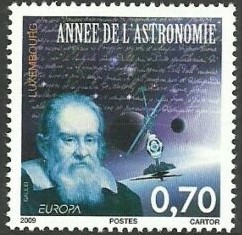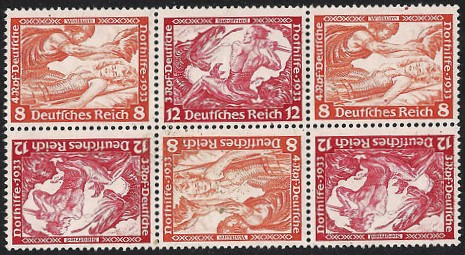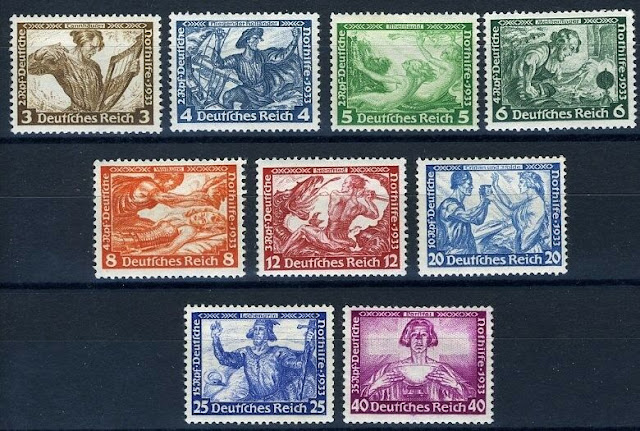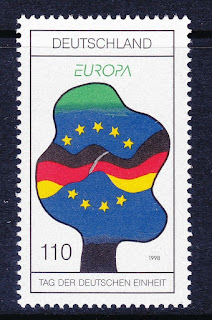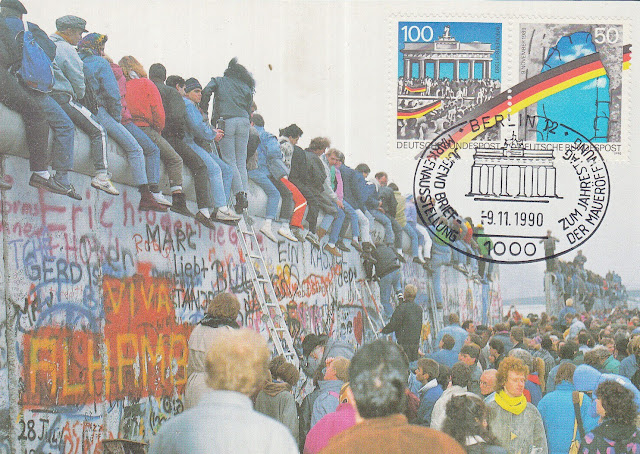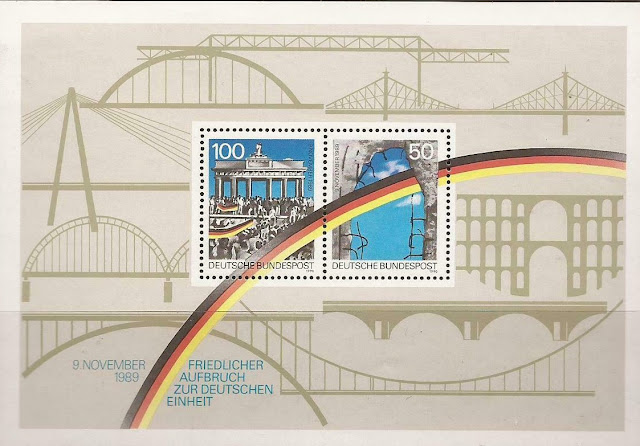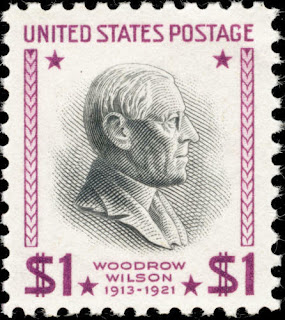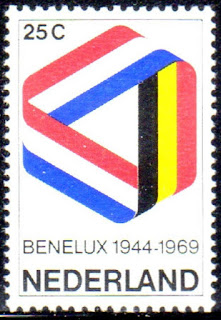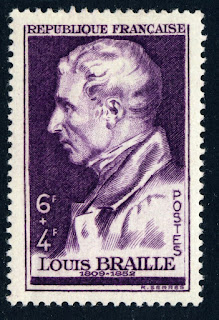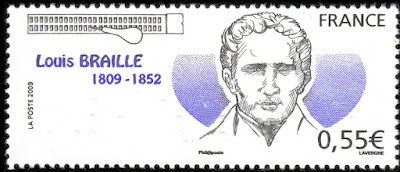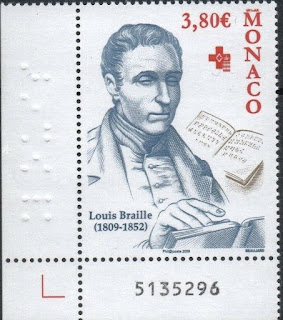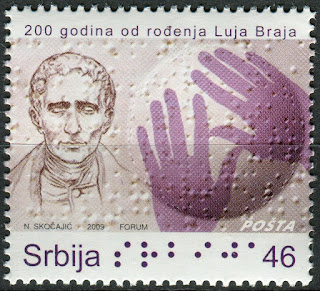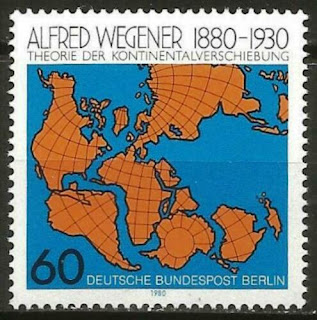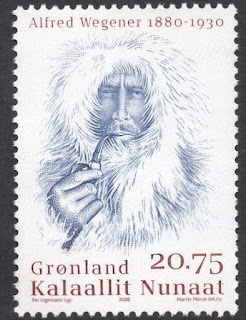1633 – Galileo Galilei arrives in Rome for his trial before the Inquisition.
Galileo di Vincenzo Bonaulti de Galilei (15 February 1564 – 8 January 1642) was an Italian astronomer, physicist and engineer, sometimes described as a polymath, from Pisa. Galileo has been called the "father of observational astronomy", the "father of modern physics", the "father of the scientific method", and the "father of modern science".
Galileo studied speed and velocity, gravity and free fall, the principle of relativity, inertia, projectile motion and also worked in applied science and technology, describing the properties of pendulums and "hydrostatic balances", inventing the thermoscope and various military compasses, and using the telescope for scientific observations of celestial objects. His contributions to observational astronomy include the telescopic confirmation of the phases of Venus, the observation of the four largest satellites of Jupiter, the observation of Saturn's rings, and the analysis of sunspots.
Galileo's championing of heliocentrism and Copernicanism was controversial during his lifetime, when most subscribed to geocentric models such as the Tychonic system. He met with opposition from astronomers, who doubted heliocentrism because of the absence of an observed stellar parallax. The matter was investigated by the Roman Inquisition in 1615, which concluded that heliocentrism was "foolish and absurd in philosophy, and formally heretical since it explicitly contradicts in many places the sense of Holy Scripture".
Galileo later defended his views in Dialogue Concerning the Two Chief World Systems (1632), which appeared to attack Pope Urban VIII and thus alienated him and the Jesuits, who had both supported Galileo up until this point. He was tried by the Inquisition, found "vehemently suspect of heresy", and forced to recant. He spent the rest of his life under house arrest. While under house arrest, he wrote Two New Sciences, in which he summarized work he had done some forty years earlier on the two sciences now called kinematics and strength of materials.
Stamps from Hungary, Italy and Luxembourg depicting Galileo
1787 Died: Roger Joseph Boscovich, Croatian physicist, astronomer, mathematician, and philosopher (b. 1711)
Roger Joseph Boscovich (18 May 1711 – 13 February 1787) was a physicist, astronomer, mathematician, philosopher, diplomat, poet, theologian, Jesuit priest, and a polymath from the Republic of Ragusa (modern-day Dubrovnik, Croatia). He studied and lived in Italy and France where he also published many of his works.
Boscovich produced a precursor of atomic theory and made many contributions to astronomy, including the first geometric procedure for determining the equator of a rotating planet from three observations of a surface feature and for computing the orbit of a planet from three observations of its position. In 1753 he also discovered the absence of atmosphere on the Moon.
Stamps from Croatia, the Vatican and Yugoslavia depicting Boscovich
1883 Died: Richard Wagner, German composer (b. 1813)
Wilhelm Richard Wagner (22 May 1813 – 13 February 1883) was a German composer, theatre director, polemicist, and conductor who is chiefly known for his operas (or, as some of his mature works were later known, "music dramas"). Unlike most opera composers, Wagner wrote both the libretto and the music for each of his stage works. Initially establishing his reputation as a composer of works in the romantic vein of Carl Maria von Weber and Giacomo Meyerbeer, Wagner revolutionised opera through his concept of the Gesamtkunstwerk ("total work of art"), by which he sought to synthesise the poetic, visual, musical and dramatic arts, with music subsidiary to drama. He described this vision in a series of essays published between 1849 and 1852. Wagner realised these ideas most fully in the first half of the four-opera cycle Der Ring des Nibelungen (The Ring of the Nibelung).
His compositions, particularly those of his later period, are notable for their complex textures, rich harmonies and orchestration, and the elaborate use of leitmotifs—musical phrases associated with individual characters, places, ideas, or plot elements. His advances in musical language, such as extreme chromaticism and quickly shifting tonal centres, greatly influenced the development of classical music. His Tristan und Isolde is sometimes described as marking the start of modern music.
Wagner had his own opera house built, the Bayreuth Festspielhaus, which embodied many novel design features. The Ring and Parsifal were premiered here and his most important stage works continue to be performed at the annual Bayreuth Festival, run by his descendants. His thoughts on the relative contributions of music and drama in opera were to change again, and he reintroduced some traditional forms into his last few stage works, including Die Meistersinger von Nürnberg (The Mastersingers of Nuremberg).
Until his final years, Wagner's life was characterised by political exile, turbulent love affairs, poverty and repeated flight from his creditors. His controversial writings on music, drama and politics have attracted extensive comment, notably, since the late 20th century, where they express antisemitic sentiments. The effect of his ideas can be traced in many of the arts throughout the 20th century; his influence spread beyond composition into conducting, philosophy, literature, the visual arts and theatre.
Bohemia and Moravia protectorate stamp depicting Wagner
Below is a set of German Reich stamps commemorating Richard Wagner as well as the Parsifal stamp on its own
1990 – German reunification: An agreement is reached on a two-stage plan to reunite Germany.
German reunification (German: Deutsche Wiedervereinigung) was the process in 1990 in which the German Democratic Republic became part of the Federal Republic of Germany to form the reunited nation of Germany, as provided by Article 23 of the Federal Republic of Germany's then constitution (Grundgesetz). The end of the unification process is officially referred to as German unity (German: Deutsche Einheit), celebrated each year on 3 October as German Unity Day (German: Tag der deutschen Einheit). Berlin was reunited into a single city, and was once again designated as the capital of united Germany.
The East German government started to falter in May 1989, when the removal of Hungary's border fence with Austria opened a hole in the Iron Curtain. It caused an exodus of thousands of East Germans fleeing to West Germany and Austria via Hungary. The Peaceful Revolution, a series of protests by East Germans, led to the GDR's first free elections on 18 March 1990, and to the negotiations between the GDR and FRG that culminated in a Unification Treaty. Other negotiations between the GDR and FRG and the four occupying powers produced the so-called "Two Plus Four Treaty" (Treaty on the Final Settlement with Respect to Germany) granting full sovereignty to a unified German state, whose two parts were previously bound by a number of limitations stemming from their post-World War II status as occupied regions.
The 1945 Potsdam Agreement had specified that a full peace treaty concluding World War II, including the exact delimitation of Germany's postwar boundaries, required to be "accepted by the Government of Germany when a government adequate for the purpose is established." The Federal Republic had always maintained that no such government could be said to have been established until East and West Germany had been united within a free democratic state; but in 1990 a range of opinions continued to be maintained over whether a unified West Germany, East Germany, and Berlin could be said to represent "Germany as a whole" for this purpose. The key question was whether a Germany that remained bounded to the east by the Oder–Neisse line could act as a "united Germany" in signing the peace treaty without qualification. Under the "Two Plus Four Treaty" both the Federal Republic and the Democratic Republic committed themselves and their unified continuation to the principle that their joint pre-1990 boundaries constituted the entire territory that could be claimed by a Government of Germany, and hence that there were no further lands outside those boundaries that were parts of Germany as a whole.
The post-1990 united Germany is not a successor state, but an enlarged continuation of the former West Germany. As such, the enlarged Federal Republic of Germany retained the West German seats in international organizations including the European Community (later the European Union) and NATO, while relinquishing membership in the Warsaw Pact and other international organizations to which only East Germany belonged. It also maintains the United Nations membership of the old West Germany.
Stamps depicting German reunification as well as the tearing down of the Berlin Wall



